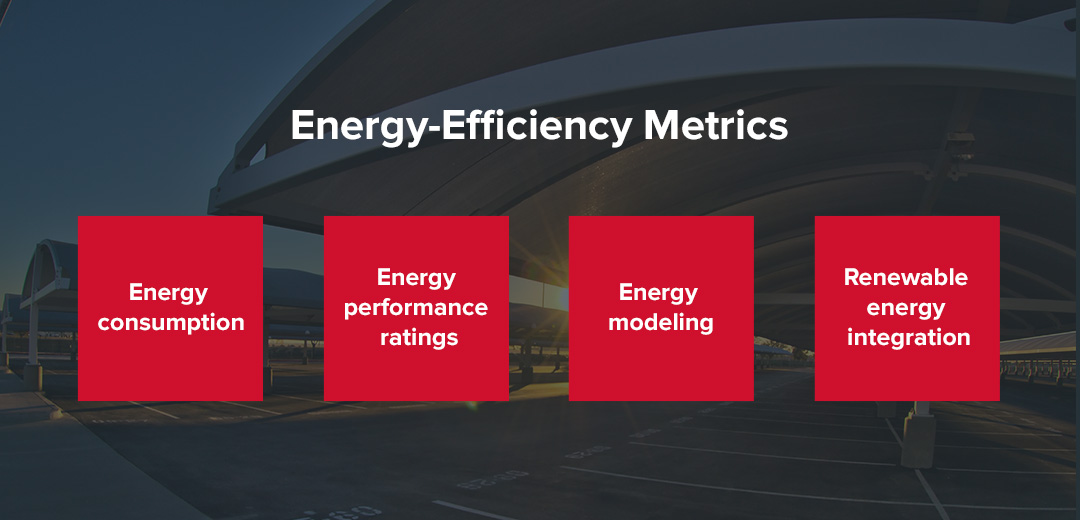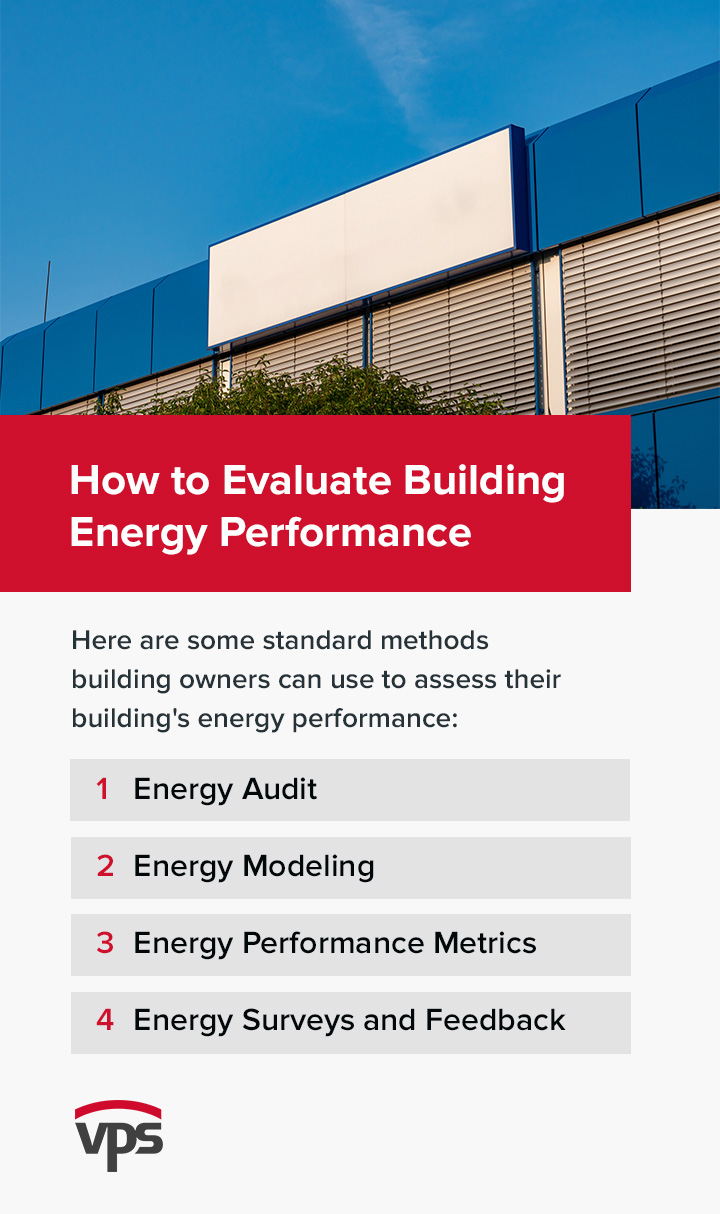Environmental initiatives have become topical in recent times, and for good reason. Nearly every industry is implementing measures to reduce its carbon footprint, and commercial building owners are no exception. Property managers often need to comply with strict building codes and generally accepted standards. These guidelines help minimize energy waste and protect the environment.
This guide discusses building performance standards (BPS) and similar initiatives, including their importance, key components, and how to evaluate a building’s energy performance.
What Are Building Performance Standards?
BPS are outcome-based policies and laws that establish requirements for the energy and environmental performance of buildings in different jurisdictions across the country. These guidelines are part of the Building Energy Codes program from the United States Department of Energy and aim to reduce energy consumption in buildings through different means.
BPS cover areas such as:
- Energy efficiency
- Water conservation
- Water management
- Sustainable building materials
Many other green building standards exist outside of BPS. For example, one well-known program in the U.S. is the Leadership in Energy and Environmental Design (LEED) system. Additionally, organizations may follow international building performance standards.
Examples of BPS Across the United States
In January 2022, the U.S. government launched a green building initiative called the National Building Performance Standards Coalition. The National BPS coalition is a voluntary commitment from states, cities, and counties to pass building performance policies and programs.
Before the federal initiative, some states and cities had already implemented green building laws. However, the National BPS has encouraged many others to follow suit.
Some examples of states and cities that implement BPS include the following:
1. Colorado
The General Assembly of Colorado passed the Energy Performance for Buildings Act in 2021 to tackle greenhouse gas (GHG) emissions from specified buildings, with updates made in 2023. The law requires owners of commercial, public, and multifamily buildings that are 50,000 square feet or larger to benchmark the property’s energy use and set building performance targets each year.
2. Washington
The State of Washington signed the Clean Buildings bill into law in 2019. In 2022, the legislature expanded the rules and augmented them in 2023. The primary purpose is to reduce costs and pollution from fossil fuel consumption in covered buildings.
3. Washington, D.C.
The Council of the District of Columbia adopted the Clean Energy DC Omnibus Act in 2018, one of the strongest climate laws passed in the country. The legislation established the Energy Performance Standard to reduce GHG and energy consumption in Washington, D.C. by 50% in 2032.
4. Boston
The Boston City Council passed the Building Emissions Reduction and Disclosure Ordinance in 2021. This law updates the Building Energy Reporting and Disclosure Ordinance adopted in 2013. Like its counterparts, it aims to reduce GHG emissions from large buildings in Boston.
5. New York City
The New York City Council passed the Climate Mobilization Act in 2019. The package of legislation is said to be one of the most ambitious actions any major city has taken to reduce GHG emissions. Central to the law is Local Law 97, which applies to specified buildings.
Other states and cities have implemented BPS, with many more expected to pass legislation imminently.
Why Are Clean Building Performance Standards Important?

Whether it is a federal building performance standard or a clean energy standard through a third-party program, any building performance standard is essential to help businesses meet changing sustainability goals.
1. Environmental Impact
Clean building performance standards help reduce a building’s carbon footprint. By promoting energy efficiency and the use of renewable energy sources, a building can become more environmentally friendly. For example, a building might integrate solar power as its main source of energy, eliminating its reliance on fossil fuels.
2. Energy Efficiency
Implementing sustainability standards can make buildings energy efficient. Energy-efficient buildings are optimized for heating, cooling, and lighting, using more efficient appliances and techniques to reduce energy demand.
3. Economic Benefits
Energy-efficient buildings usually have lower operating costs due to less energy consumption. They save money over time, making them sound long-term investments. Complying with BPS and other green standards can help building owners qualify for government incentives like tax credits. In particular, the energy-efficient commercial building deduction is helpful for businesses in most sectors.
4. Resilience
Buildings constructed to meet clean standards are often resilient to extreme weather conditions. Most are specially designed to withstand the elements, adapting to different climates. This feature can reduce the risk of damage.
5. Health and Comfort
Green buildings usually feature technology to improve health and comfort. They comply with requirements for ventilation, thermal comfort, and indoor air quality. These characteristics can improve the occupants’ well-being and enhance productivity.
Potential Challenges of Implementing Clean Building Standards
While various clean building standards provide an array of benefits for businesses, it can sometimes be challenging to implement them. Understanding the common barriers when working toward these building standards can help businesses have a realistic picture of what to expect moving forward. Some potential challenges to keep in mind include:
- Financial: Implementing green building programs may involve significant upfront costs. Plan adequately and use available incentives to offset parts of the expenses.
- Technical: Integrating renewable energy systems can be technically challenging as they require specialized knowledge. One practical solution is outsourcing these services to expert third parties.
- Regulatory: Compliance with relevant BPS often requires navigating complex regulations and performance criteria. If a business must comply with BPS, it’s best to seek professional assistance.
What Are the Key Components of Building Performance Standards?
BPS policies and requirements for other green programs can vary. Still, almost all standards feature some or all of the following components:



